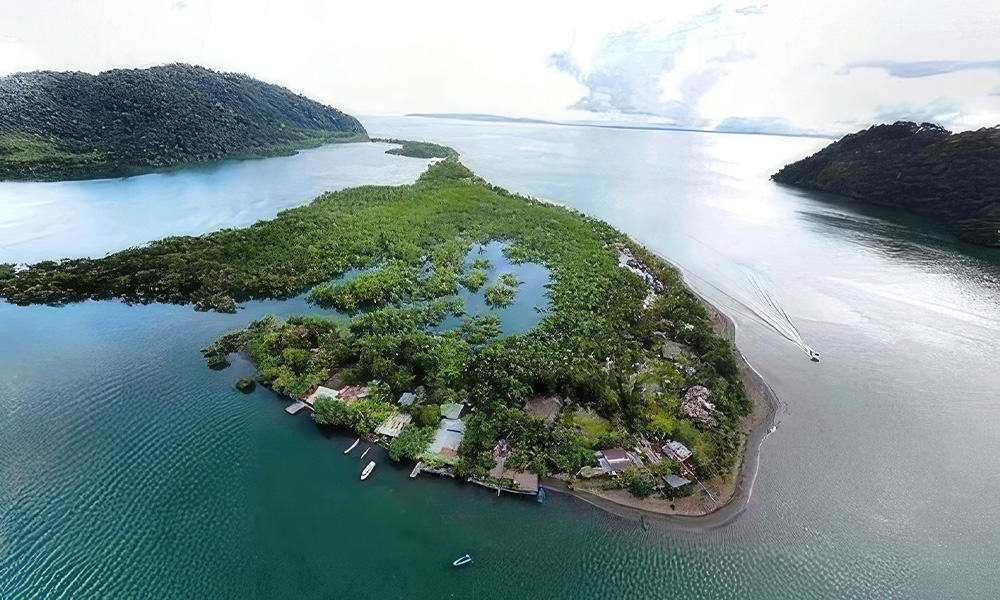A recent research initiative led by the Coastal Interdisciplinary Program (PIC) of the Institute of Social Studies in Population (Idespo) at the National University (UNA) has uncovered Isla Caballo’s remarkable biological richness, making it a haven for avian enthusiasts.
The island is located in the Gulf of Nicoya, forty minutes by boat from the city of Puntarenas.
Supported by the Fund for the Strengthening of Student Capacities in University Extension (Focaes) from the Vice Rector’s Office of Extension, the research team undertook the task of quantifying and classifying both resident and migratory bird species on Caballo Island.
The results of this investigation revealed the presence of 71 species quantified through counting, along with an additional 14 identified through local recognition. Notable families with high species richness include Tyrannidae (yellow-breasted), Columbidar (pigeons), Trochilidae (hummingbird or sparrow), and Parulidae (warbler). Notably, 30% of the observed birds were identified as part of a migratory population.
The research team maintained close collaboration with the island’s inhabitants, drawing on their intimate knowledge of the territory to identify various species.
During their exploration of the island’s corners, they encountered fascinating avian residents, such as the pelican, a water bird frequently skirting the coast in search of sardines, and the endangered yellow-naped parrot, as classified by the International Union for Conservation of Nature (IUCN).
The comprehensive guide compiled by the team includes species such as the Cuckoo-peckered Cuckoo, Pechirayada warbler, bull’s blood, vultures (locally known as “zonchos”), and the pauraque (commonly known as “cuyeo”).
David Romero, one of the guide’s authors, emphasized the significance of this effort, stating.
“It generates fundamental information about the biodiversity of our islands, raises awareness about the vulnerability of the territory, and favors community interests. Based on the biological documentation presented, mechanisms and strategies for sustainability can be implemented through tourism.”
This detailed, 16-page guide provides scientific names, common names, descriptions, diets, distributions, and conservation statuses for each identified species. The guide is accessible online at https://repositorio.una.ac.cr/handle/11056/27118






